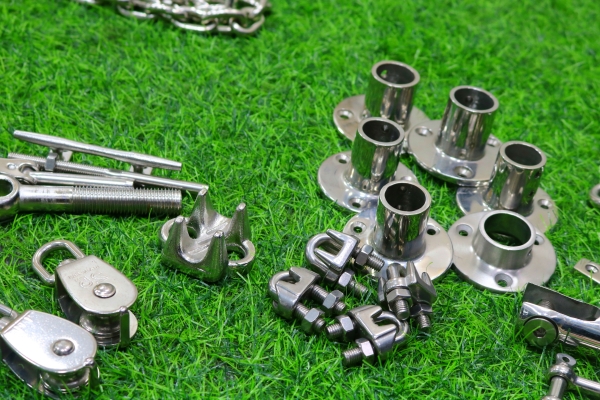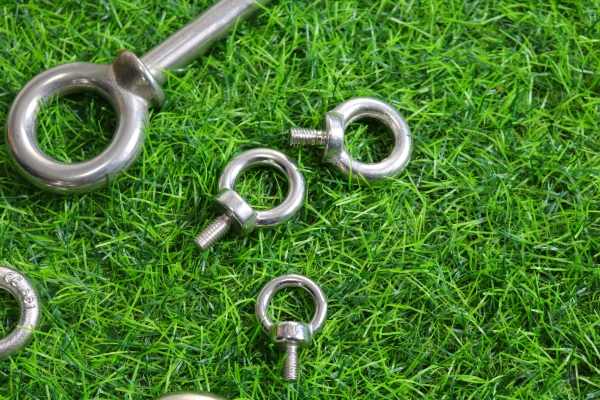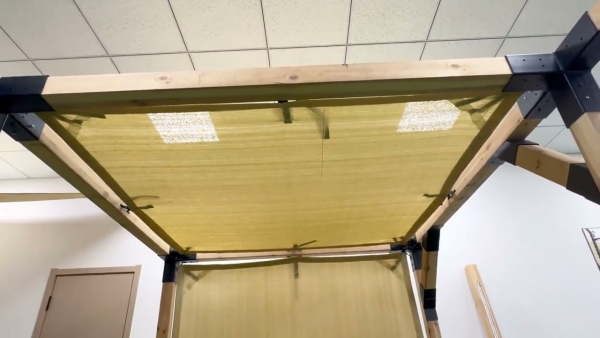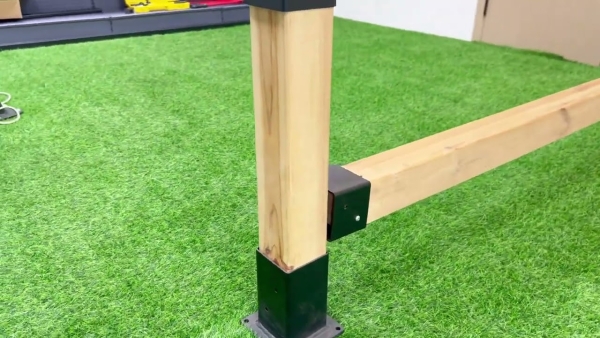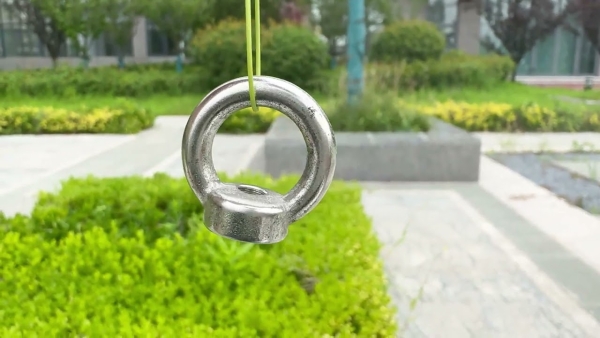Table of Contents
Pros and Cons of Anchoring a Pergola
Pergolas are a popular outdoor structure that can add beauty and functionality to any backyard or garden. They provide shade, support climbing plants, and create a cozy outdoor living space. However, one question that often arises when installing a pergola is whether or not it needs to be anchored. Anchoring a pergola can provide stability and prevent it from being blown over by strong winds or storms. In this article, we will explore the pros and cons of anchoring a pergola to help you make an informed decision.
One of the main advantages of anchoring a pergola is increased stability. By securing the pergola to the ground, you can ensure that it remains in place even during inclement weather. This can help prevent damage to the structure and any attached plants or decorations. Additionally, anchoring a pergola can provide peace of mind knowing that it is securely in place and won’t be easily moved or damaged.
Another benefit of anchoring a pergola is increased safety. A securely anchored pergola is less likely to collapse or tip over, reducing the risk of injury to anyone nearby. This is especially important if you have children or pets who may be playing around the pergola. By anchoring the structure, you can create a safe and secure outdoor space for your family to enjoy.
On the other hand, there are some drawbacks to anchoring a pergola. One of the main concerns is the permanence of the structure. Once a pergola is anchored, it can be difficult to move or reposition. This can be problematic if you decide to rearrange your outdoor space or if you want to take the pergola with you when you move. Additionally, anchoring a pergola may require digging holes or pouring concrete, which can be time-consuming and labor-intensive.
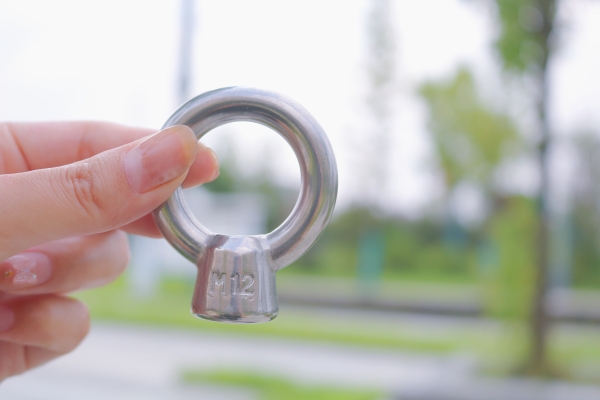
Another potential downside to anchoring a pergola is the cost. Depending on the method of anchoring used, it can be expensive to secure the structure to the ground. This cost may be prohibitive for some homeowners, especially if they are on a tight budget. Additionally, if you hire a professional to anchor the pergola, the cost can increase even further.
In conclusion, the decision to anchor a pergola ultimately depends on your individual needs and preferences. If stability and safety are top priorities for you, then anchoring the pergola may be the best option. However, if you value flexibility and cost-effectiveness, then leaving the pergola unanchored may be more suitable. It is important to weigh the pros and cons of anchoring a pergola and consider your specific circumstances before making a decision. Ultimately, the goal is to create a beautiful and functional outdoor space that meets your needs and enhances your enjoyment of your home.
How to Properly Anchor a Pergola for Stability
A pergola is a popular outdoor structure that can add beauty and functionality to any backyard or garden. However, one important consideration when installing a pergola is whether or not it needs to be anchored for stability. Anchoring a pergola is essential to ensure that it remains secure and safe, especially in areas prone to high winds or inclement weather.
There are several factors to consider when determining whether a pergola needs to be anchored. The size and weight of the pergola, as well as the materials used in its construction, can all impact the need for anchoring. Additionally, the location of the pergola and the prevailing weather conditions in the area should also be taken into account.
In general, larger and heavier pergolas made of materials such as wood or metal are more likely to require anchoring for stability. These types of pergolas can be more susceptible to tipping over or being damaged by strong winds if they are not properly anchored. On the other hand, smaller and lighter pergolas made of materials such as vinyl or aluminum may not need to be anchored, especially if they are located in a sheltered area.
There are several methods for anchoring a pergola to ensure stability. One common method is to use concrete footings or anchors to secure the posts of the pergola to the ground. This can help prevent the pergola from shifting or tipping over in high winds. Another option is to use metal brackets or straps to attach the pergola to an existing structure, such as a deck or patio. This can provide additional stability and support for the pergola.
It is important to carefully follow the manufacturer’s instructions when anchoring a pergola to ensure that it is done correctly. Improper anchoring can not only compromise the stability of the pergola but also pose a safety risk to those using the structure. If you are unsure about how to properly anchor your pergola, it is recommended to consult with a professional contractor or builder for assistance.
In conclusion, anchoring a pergola is essential for ensuring stability and safety. Factors such as the size and weight of the pergola, the materials used in its construction, and the prevailing weather conditions in the area should all be taken into consideration when determining whether a pergola needs to be anchored. There are several methods for anchoring a pergola, including using concrete footings, metal brackets, or straps. It is important to follow the manufacturer’s instructions and seek professional assistance if needed to ensure that the pergola is properly anchored. By taking the necessary steps to anchor your pergola, you can enjoy a beautiful and secure outdoor structure for years to come.

